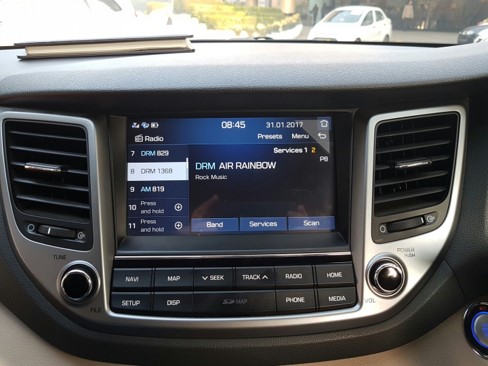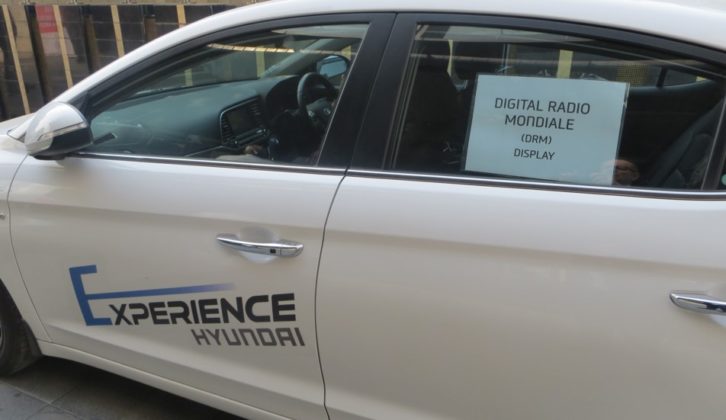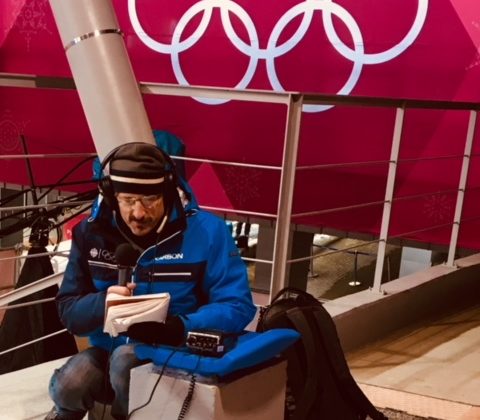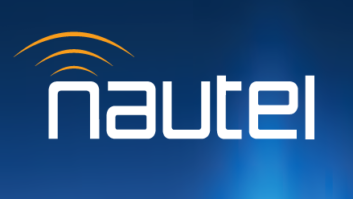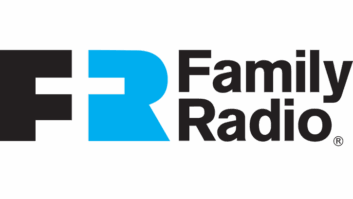Jude Isa Dawson is senior manager, Broadcast Operations and Bala Murali Subramaney is chief technology officer for Astro Radio.
KUALA LUMPUR — Astro Radio has embarked on a third generation of radio consoles for its new radio studios in Kuala Lumpur, Malaysia. This virtual console is a full-blown digital radio console with all the features and functionalities of a professional broadcast console — on a touchscreen.
DIFFERENT GENERATIONS
Astro Radio began operation in 1996. Our cutting-edge audio routing system and digital radio broadcast consoles back then were heavily customized, based on our technical requirements and built by a reputable German manufacturer to be very powerful, highly configurable and very reliable.
By 2006, Astro Radio required much more functionality, which would simplify studio workflows and give on-air talents more time and flexibility to focus on delivering compelling content both on-air and online. We had to re-think how a studio broadcast console should be in a rapidly evolving commercial FM radio industry.
CBC Radio’s Andrew Parker reporting live at the Pyeongchang Olympic bobsled track. Credit: CBC Radio
We took the best features of our first console, analyzed common operator mistakes and gathered improvement suggestions. We condensed all this invaluable data into a comprehensive document as our mandate to German broadcast console manufacturer Lawo AG for a brand-new broadcast console. Lawo’s answer was the Zirkon-2s modular broadcast console. The Zirkon-2s was truly simplicity personified in both form and function for our on-air talents. For example, a press of a macro button could simultaneously record telephone calls, edit talk sets and run an outside broadcast.
MOVING FORWARD
In 2015, Astro Radio picked up on the touchscreen technology trend and leveraged on in-house expertise to brainstorm advanced broadcast consoles for a transforming radio industry. Building on the success of the NewsRoom Lawo Virtual Console, which we effectively deployed in 2016, Astro Radio embarked on a third generation of radio consoles for its new studios in Kuala Lumpur.
In mid-2016, we began sketching out plans for a virtual console for Astro Radio, which would shift the paradigm on the industry perception of a broadcast console. We wanted to radically re-imagine what an on-air studio would look like, including what to fit inside the studio and what to leave out. The studio environment would impact how the on-air talent uses the technology inside the studio with the new virtual console as its focal point.
The virtual console would respond to expectations of our new breed of on-air talent. Today’s radio on-air talent in Malaysia are already well-known online personalities with a huge fan base and following. Our radio stations leverage on these talents star-power to both maintain and grow radio listenership — on FM, streaming online and on popular social media platforms.
Content managers expect new on-air talents to quickly build momentum and get up to speed. They are expected to deliver “catchy” talk sets on-air, produce compelling video content online and engage with listeners on social media regularly during their shifts — everyday. There is very little time for training or to familiarize themselves with the technology inside the on-air studio.
The virtual console therefore needs to be very simple and intuitive to use for first-time users. It should also be quick and responsive to execute commands, highly configurable and securely “idiot-proof.”
The virtual console “platform” allowed for a faster software development cycle. We were able to develop new features and functionality both for “default” and user-specific “snapshots.” We could easily customize the console layout or ‘skins’, re-design and re-size fader and button shapes and colors, incorporate macros and GPIO signaling. This flexibility gave us the freedom to explore new possibilities in console design paradigm. For example, we added more channel faders per screen and moved monitoring level-controls to a pop-up screen.
TOUCHSCREEN, CONNECTIVITY CHALLENGES
We spent close to six months evaluating 15 different touchscreen products available in the market — both consumer and industrial grade devices ranging from off-the-shelf tablets, point of sales (POS) machines and built-for-factory devices. We also explored consumer tablet devices but quickly dropped that idea because these devices are neither robust enough for 24×7 operation, nor adequately secure to connect safely to the studio router via Wi-Fi or Bluetooth.
We refined our selection criteria to device dimensions, screen size, display area, fan-less cooling, wide viewing angle, anti-glare screen with high brightness, capacitive touch enabled and suitability for 24×7 operation. Soon after, we ran into our biggest roadblock. Most touchscreens have a limited viewing angle and had to be tilted at an angle to be clearly seen. However, the virtual console had to be flush-mount into the studio table.
The deciding factor was screen brightness. The brightness of most touchscreens are 500nits or less. For our virtual console, a brightness of greater than 500nits overcame the viewing angle issue. We finally settled with a built-for-factory touchscreen device for the virtual console.
VIRTUALIZATION
There are many questions that arise from the choice of interface. For example, what if the touchscreen hangs, fails or is damaged? The answer lies with the Vistool-PC. In addition to the standard features, it also shows all the virtual modules of both touchscreens. The user can control all channels, faders and buttons on the touchscreen from the Vistool-PC interface.
[Read: Tarmac Takes Cross Media Approach]
Similarly, if a touchscreen fails, the on-air talent can also control the console via the Vistool-PC. This gives the engineer time to replace the faulty touchscreen with a spare unit. In addition, it is possible to clean dirty touchscreens in an on-air studio by simply disconnecting the USB control cable to the touchscreen.
One great advantage of the virtual console is cost-savings on physical consoles. There is no longer a need to stock-up on expensive console spare parts and accessories. The virtual console is also aesthetically more pleasing to the eyes, and gentle on the hands.
Astro Radio took a huge risk by implementing fully touchscreen virtual consoles in our live radio broadcast studios and from the happy faces of our on-air talents and their content managers, our “high-stakes” gamble has paid off handsomely.
Building A Future-Proof Facility
In 2017, Astro Radio acquired two new radio stations and needed space for new on-air studios, producer workstations and equipment room. However, our broadcast facility already had 13 on-air studios, seven news studios, three voice-booths, eight audio production studios and edit suites, six equipment rooms and three equipment storerooms. So, our first task was to secure space to build our new studios.
We share our headquarters with many business units and divisions. Astro Radio shares a floor with our group Astro-Finance department. They had space we needed for our new studios. They needed space to run their meetings. Ultimately, we compromised and came to a mutually beneficial arrangement. We would take their meeting rooms, which were located just behind our Master Control Room. In return, we would share our current and future meeting rooms with them.
We engaged the services of an interior designer whom understood our design ethos, criteria and expectations. Our mandate to the ID was to create designs for three on-air studios, which were minimalistic, stunning, functional and meet Noise Criteria rating 20. We wanted designs, which would inspire our on-air talents to deliver compelling content on-air and on-line for today’s radio. We also wanted designs THAT were forward-looking in anticipation of how radio could evolve in the next five to 10 years.
The studios would be devoid of equipment racks, table-clutter and unsightly cables. We ensured our designs also addressed building health and safety requirements. These included concealed cabling-trunking and access manholes for all cabling inside the studios, equipment room and in-between. We decided the studios would have standing-height tables with adjustable highchairs. We also identified the best combination of color and materials for the fabric wall-panel, carpet, table, wall cornice and skirtings, ceiling, joinery, furniture and fittings and lighting. We went through over 50 drawing versions before settling on the confirmed designs.
Our new studios are box-within-a-box designs whereby each studio is placed on its own isolated floor platform, to ensure vibrations would not carry between the rooms. The wall structures use a multi-layered system of 16 mm and 20 mm cement sheets and vacuum buffers. The glass fittings used to create a transparent effect were vacuum packed. Special acoustic materials were used to ensure sound integrity of the space.
The end-results speak for themselves. Our content managers and on-air talents are so blown-away by how the studios look, we’ve received nothing but praises and smiles all around.
